Apple Inc.: a 46 years journey shifted the course of a 13.8 billion years universe.
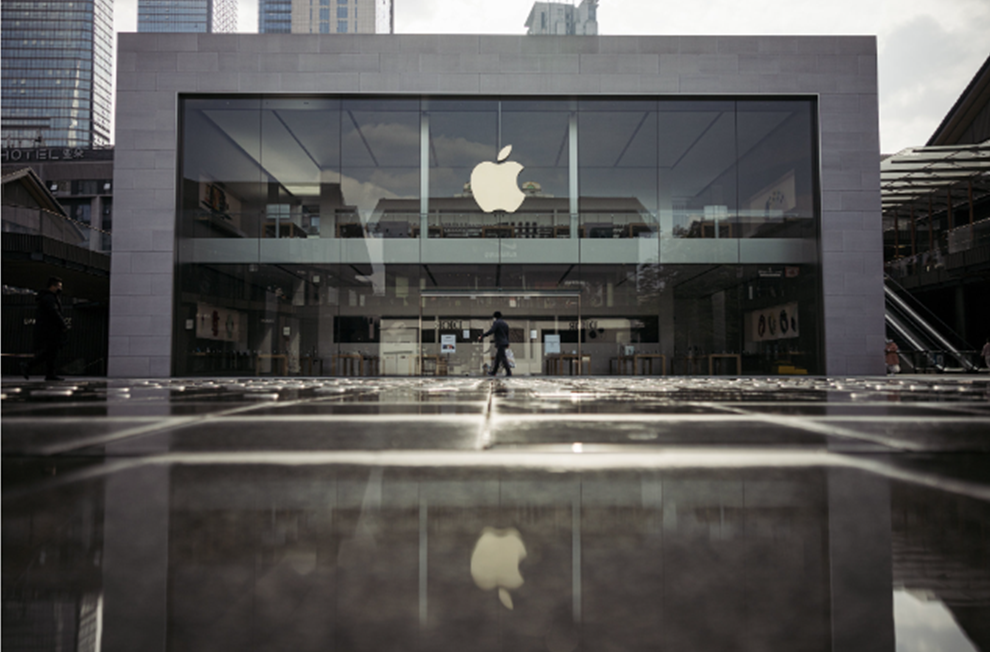
From processors, phones, computers, and tablets, to setting the standards for new technology, Apple Inc. has achieved the impossible in a record time. Today, Apple Inc. dominates the Forbes technology ranks for the 7th straight year with $2.192 trillion net worth, $350 billion assets, and $97.3 billion revenue.
So, if you’re interested to know how this giant made it and who were the masterminds behind it, stick to this 10 minutes read blog.
Apple’s Beginnings
Let’s go back to April 1, 1976. Computers were the size of a room and cost hundreds of thousands of dollars. But, it all changed when Apple was born in the humble Jobs family garage in Crist Drive in Los Altos, California.
It was the 21-year-old Steve Jobs, 25-year-old Steve Wozniak, and 41-year-old Ronald Wayne who founded Apple Computer Company as their business partnership. Wayne was an experienced electronics worker, while Jobs and Wozniak were both college dropouts holding a vision to change the way people viewed computers.
Their goal was to produce commercial computers that would be small in size, easy to use, and convenient for homes and offices. But, their very first step was creating the first Apple logo featuring Isaac Newton and his gravity observation.
Next, in July 1976, the company produced its first product: the Apple I, a computer designed and hand-built entirely by Wozniak. To fund the Apple I production, Jobs sold his VW Bus worth a few hundred dollars, and Wozniak sold his HP-65 calculator for $500 equivalent to approximately $2,381 today. The Apple I was sold for $666.66 as a motherboard part with CPU, RAM, and basic textual-video chips. Without a keyboard nor a case, the Apple I would not yet be marketed as a complete personal computer.
Apple Computer, Inc. was incorporated on January 3, 1977 without Wayne, who sold his share of the company back to Jobs and Wozniak for $800 twelve days after having co-founded Apple. Then, Apple had made enough sales to finance the making of the Apple II. But, the bulk $250,000 of the funding was by multimillionaire and technology expert Mike Markkula.
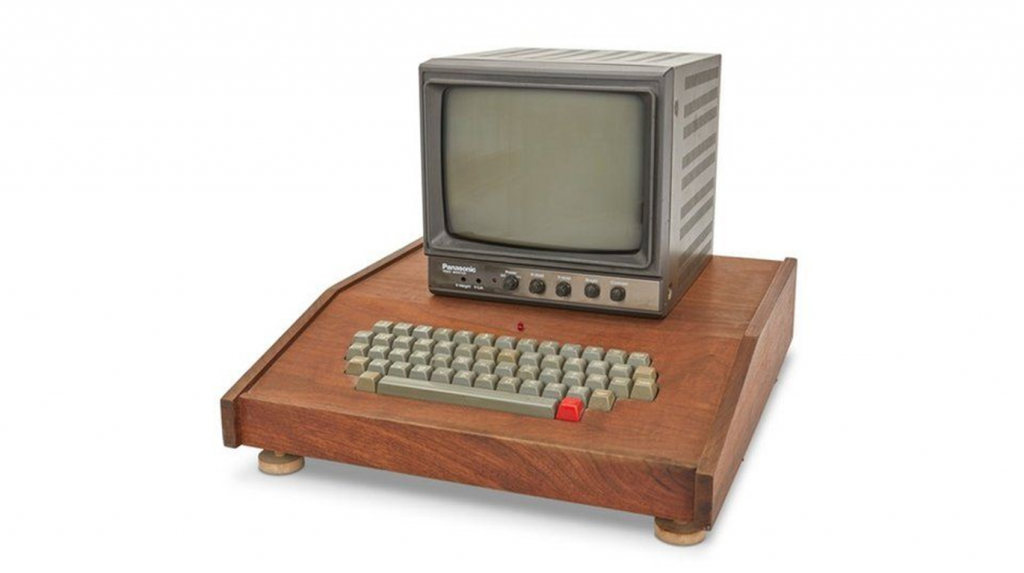
The Apple II was mass produced in 1977 as an 8-bit microcomputer with cell-based color graphics, open architecture, and floppy disk storage. Apple II was chosen to be the desktop platform for VisiCalc, a spreadsheet program released in 1979. VisiCalc boosted the business market for the Apple II and gave home users an additional reason to buy an Apple II: compatibility with the office. So, by the end of 1979, Apple had become the leading computer manufacturer in the US and yearly sales grew by 533% from $775,000 to $118 million.
On December 12, 1980, Apple went public selling 4.6 million shares at $22 per share which generated over $100 million. This was the highest capital than any IPO since Ford Motor Company in 1956. By the end of the day, 300 millionaires were created, from a market cap of $1.778 billion.
1980’s Success with Macintosh
Apple stepped into the 1980s with the wrong foot when Apple III and Lisa computers drastically failed in 1980 and 1983 respectively. The turning point was not until January 24, 1984, when Jobs unveiled the Macintosh. It was the first mass-market personal computer to feature an integral graphical user interface and a mouse.
This milestone was possible thanks to Xerox who granted Apple engineers 3 days of access to its facilities and develop the first graphical user interface in return for the option to buy 100,000 shares. This is when things went back to plummet for Apple shareholders. Jobs was forced to resign from his own company in September 1985 after a power struggle with board member John Scuelly.
Jobs remained a shareholder but also bought Pixar and founded his new company: NeXT. Wozniak had also quit Apple earlier in 1985 when the company’s direction did not align with his. But, he officially remained employed by Apple, and to this day continues to work for the company as a representative.
After the departures of Jobs and Wozniak, Sculley continued to work on improving the Macintosh by quadrupling the RAM and introducing publishing applications and laser printers. So, 1987, Apple launched the Macintosh II, the first Mac to have color graphics, and variants. These were the Macintosh LC, for low cost, and Macintosh SE, for system expansion.
1990 to 1997: 7 Years Restructure
The company’s pivoted strategy to introduce variant models such as the Macintosh Classic, the Macintosh LC, and the Macintosh IIsi, saw significant sales due to the continuously increasing market demand. In 1990, Apple decided to go the extra mile and make the first portable Mac. Their first trial failed miserably with the 7.2 kilos heavy Macintosh Portable.
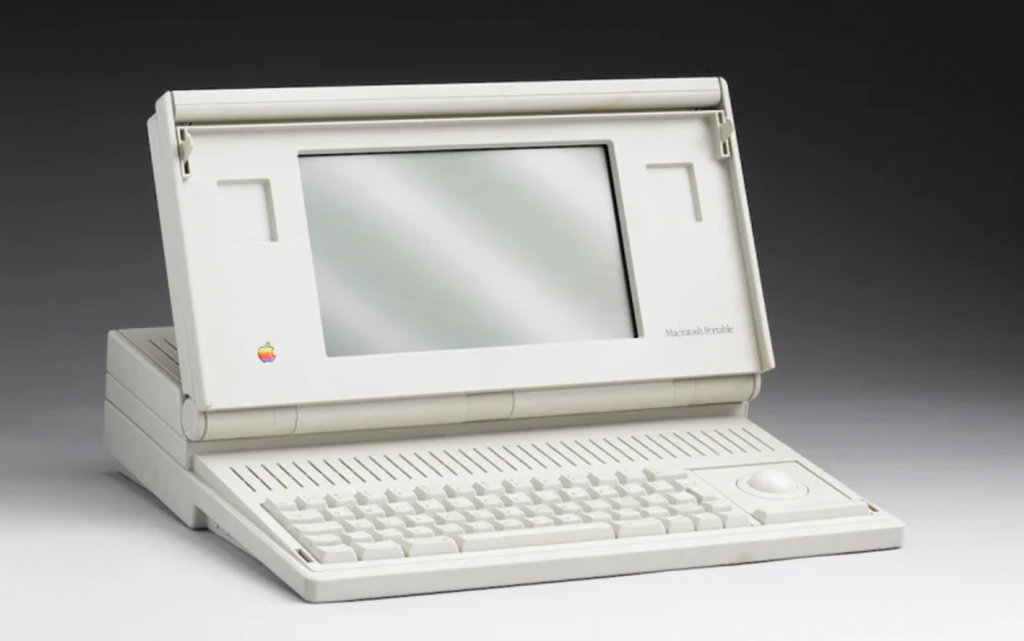
The following year in 1991, Apple got it right with the hugely successful PowerBook 100 that set the design for almost all modern laptops. The same year, Apple introduced System 7, its major Macintosh operating system upgrade that added color to the interface and offered new networking capabilities.
That was “The First Golden Age For Macintosh”.
Soon after this golden age, Sculley’s policies, investment in unsuccessful consumer products, competition with Microsoft, and years-long suits with it led to Apple’s loss of great market shares. This rapid market and reputation loss was a direct reason to replace Sculley with CEO Michael Spindler in 1993.
Spindler’s first major step was forming the AIM alliance in 1994 between Apple, IBM, and Motorola. The goal of AIM was creating a new computing platform, the PowerPC Reference Platform; PReP. PReP would use IBM and Motorola hardware coupled with Apple software.
During 1994 as well, Apple introduced the Power Macintosh, the first one of many Apple computers series to use Motorola’s PowerPC processor instead of the 8K processors. Two years later in 1996, Spindler was followed by Gil Amelio as CEO, hired for his reputation as a corporate rehabilitator.
Amelio’s policies targeted extensive layoffs and cost-cutting amid a period of numerous failed attempts to modernize the Macintosh operating system (MacOS). Building the desired multitasking operating system had Apple purchase NeXT in late 1996 for $429 million, bringing back Apple co-founder Steve Jobs to the stage and forcing Amelio to resign.
1997–2007: Profitability Decade
Jobs refocused on the original making of Mac computers canceling all struggling Apple products. In return, in August 1997, Jobs convinced Microsoft to make a $150 million investment in Apple to develop the awaited Mac software. Also, on November 10, 1997, Apple launched the Apple Store website, which was designed for a new build-to-order manufacturing.
These moves paid off for Jobs, at the end of his first year as CEO, the company turned a $309 million profit. On May 6, 1998, Apple reached its new milestone, the all-in-one computer reminiscent of the original Macintosh: iMac. The iMac was a huge success for Apple selling 800,000 units in the first 5 months. It was praised for its pre-installed internet connectivity, USB connectors, and dial-up modem.
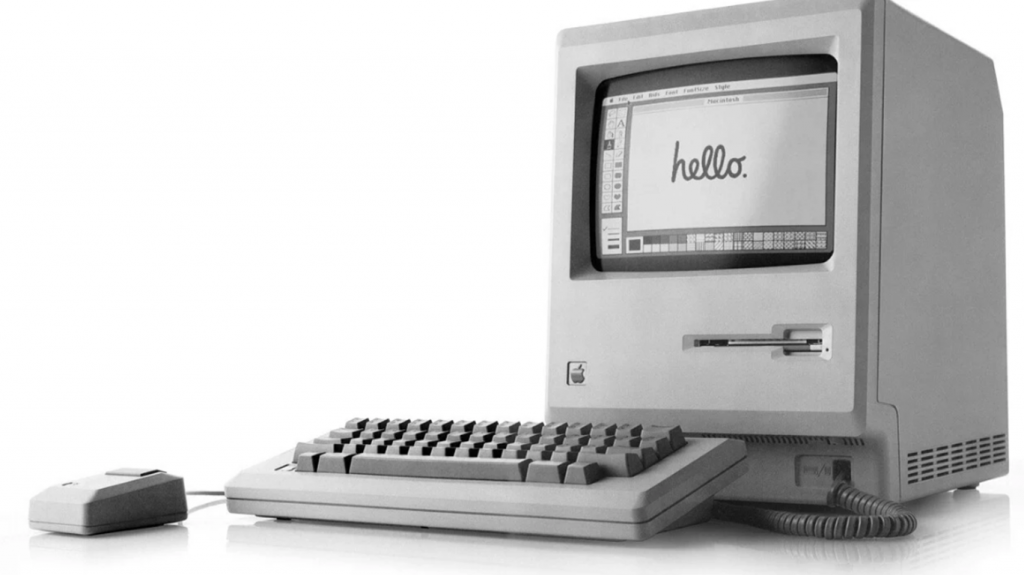
A little more than a year later, in July, 1999, Apple produced the iBook, a laptop designed for average consumers. At around the same time, Apple excelled with software and applications such as iTunes, DVDdirector and the video editors iMovie and Final Cut Pro.
The year 2001 would be the one that shifted the course of the company. On March 24, 2001, Apple announced the release of a modern operating system, Mac OS X. Then, in May 2001, the company opened its 2 Apple Store retail locations in Virginia and California, improving the presentation of the company’s products. And later in October 23, 2001, Apple debuted the iPod portable digital audio player which was phenomenally successful with over 100 million units sold in the next six years.
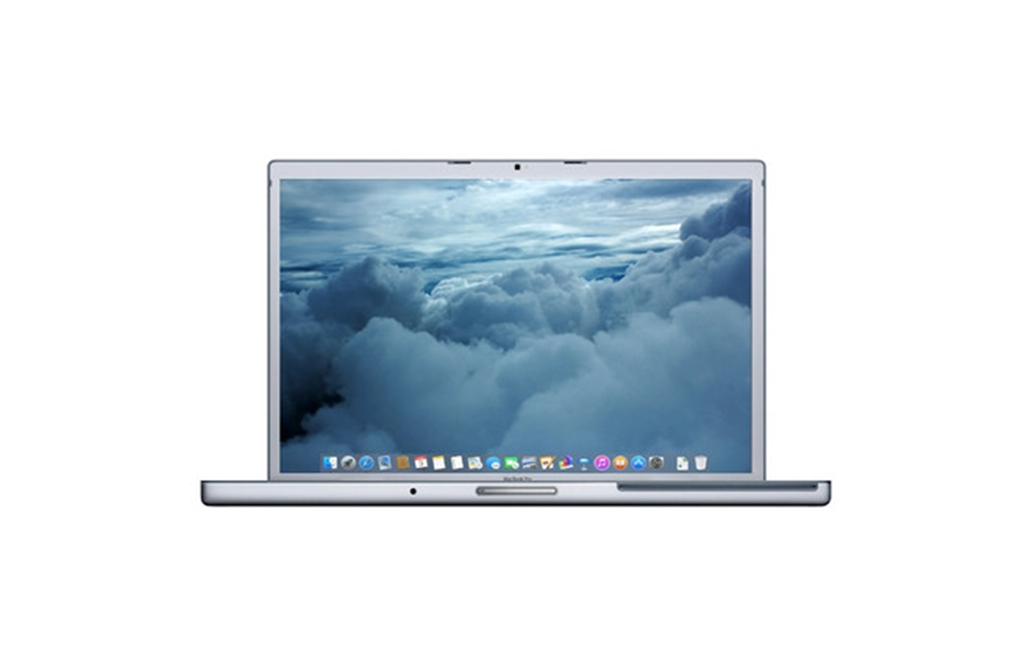
Fast forward to 2006, Apple created the MacBook Pro with an Intel microprocessor moving away from PowerPC processors. Apple’s success during this period was definitely reflected in its stock price that increased more than tenfold.
2007–2011: Success with Mobile Phones
At the 2007 MacWorld Expo, Jobs announced that Apple Computer, Inc. will be rebranded as Apple Inc. to manifest the company’s emphasis on all consumer devices, not just computers. That was also the announcement of the iPhone and the Apple TV. Apple Inc. sold 270,000 iPhone units during the first 30 hours of sales that day and the device was called
“a game changer for the industry”
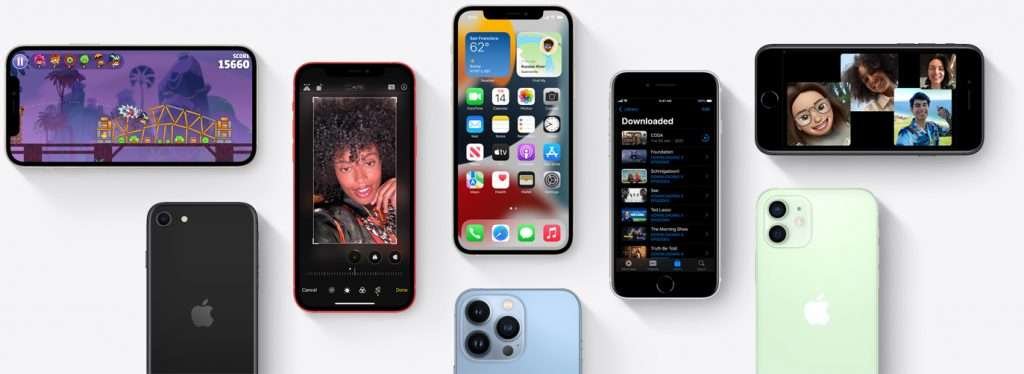
Apple Inc. launched the App Store in 2008 to offer third-party applications for the iPhone and iPod Touch. In August 2008, the store sold 60 million applications and registered an average daily revenue of $1 million. January 14, 2009, Jobs announced in an internal email that he would be taking a 6 months medical leave from Apple Inc. until the end of June 2009.
Jobs wrote “the curiosity over my personal health continues to be a distraction not only for me and my family, but everyone else at Apple as well”.
Though Jobs was absent, Apple Inc. recorded profit sales and started the design of its own microchips. In 2010, Apple Inc. unveiled a large screen, tablet-like media device: the start of the iPad. Apple Inc. owns credits for the iPad when its sales exceeded that of competitor Microsoft for the first time since 1989. Apple Inc. continued to release upgraded versions of the iPhone, iPad, and Apple TV every year since then.
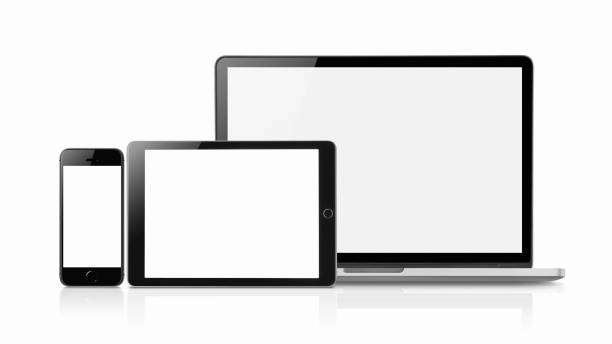
Post–Jobs Era
Jobs renewed his medical leave until he resigned in August 2011 leaving his position to CEO Tim Cook. Jobs’ resignation and then its death in October 2011 marked the end of an era for Apple Inc. The first major product announcement by Apple Inc. after Jobs was in January 2012. The iBook’s Textbooks for iOS and iBook Author for Mac OS X were reinvented for the education and industry to honor Jobs’ will.
With the release of newer iPhones, Apple Inc. improved cameras and introduced an intelligent software assistant named Siri and cloud data with iCloud. And then, Apple Inc. went on a rollercoaster of successful launches: the Apple Watch in 2014, AirPods in 2016, HomePod in 2017, M1 processor in 2020, and latest, the M2 processor and RealityOS in 2022.
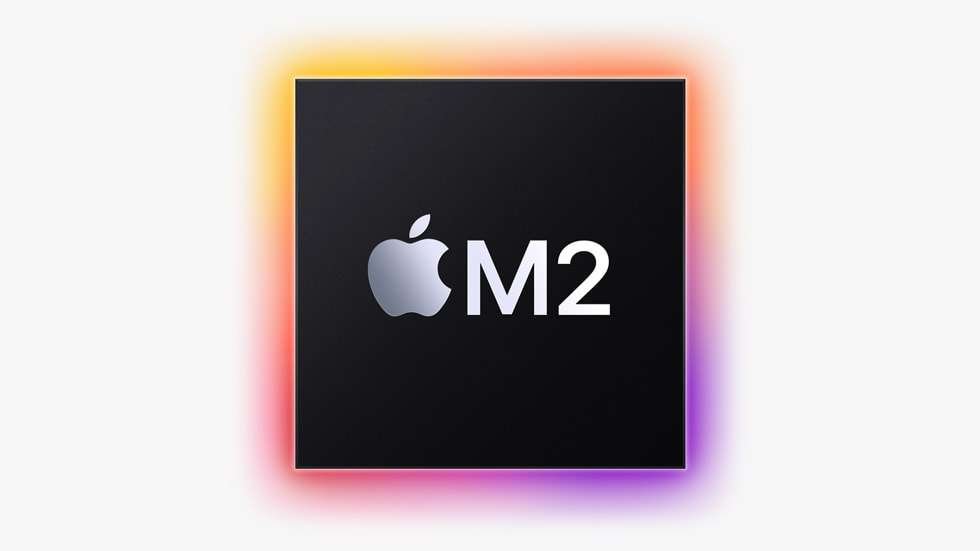
Today, Apple Inc. remains the most valuable company in the world, with a market capitalization of $2.6 trillion. But, the true value of Apple Inc. lies in its power to revolutionize the world we live in, upgrade technology we consume, and challenge the limits of the human mind…


